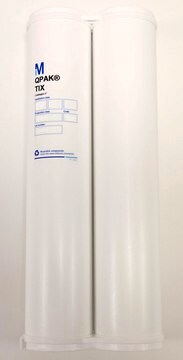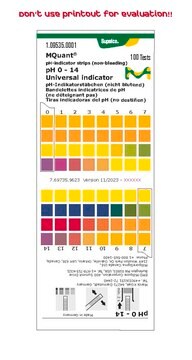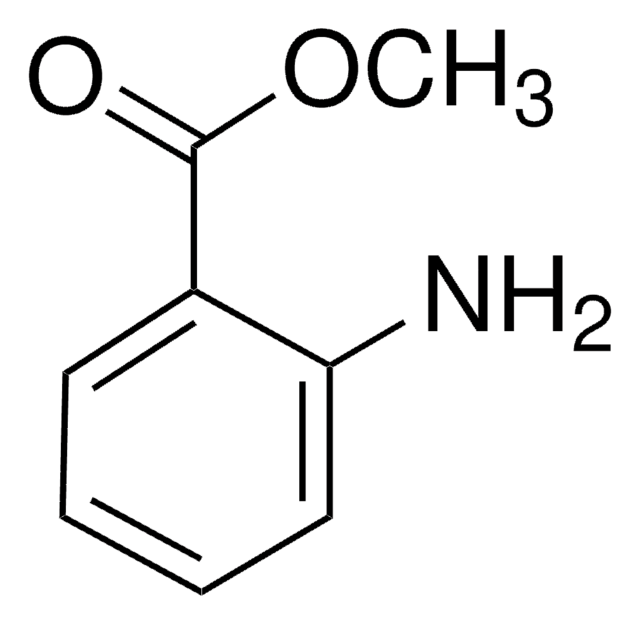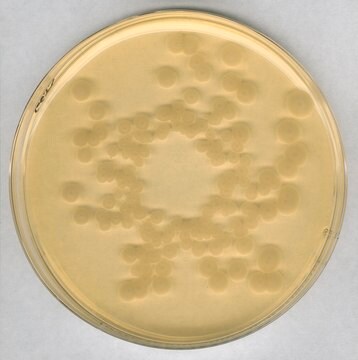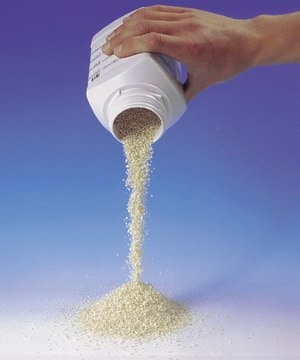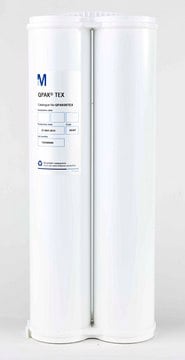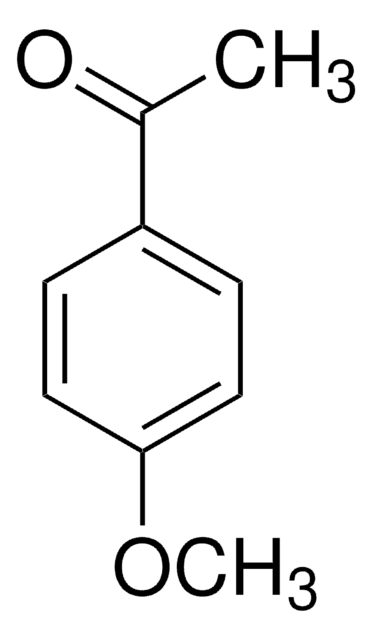W269905
6-Methylcoumarin
≥99%, FCC, FG
Synonym(s):
6-methylchromen-2-one, Cocodescol, Pralina, Toncair, Toncarine
About This Item
Halal
Kosher
Recommended Products
biological source
synthetic
Quality Level
grade
FG
Halal
Kosher
Agency
meets purity specifications of JECFA
reg. compliance
EU Regulation 1334/2008 & 178/2002
FCC
Assay
≥99%
bp
303 °C/725 mmHg (lit.)
mp
73-76 °C (lit.)
application(s)
flavors and fragrances
Documentation
see Safety & Documentation for available documents
food allergen
no known allergens
Organoleptic
coconut; creamy; sage; vanilla
SMILES string
Cc1ccc2OC(=O)C=Cc2c1
InChI
1S/C10H8O2/c1-7-2-4-9-8(6-7)3-5-10(11)12-9/h2-6H,1H3
InChI key
FXFYOPQLGGEACP-UHFFFAOYSA-N
Looking for similar products? Visit Product Comparison Guide
Related Categories
Application
- Development of Sustainable Insecticide Candidates for Protecting Pollinators: Insight into the Bioactivities, Selective Mechanism of Action and QSAR of Natural Coumarin Derivatives against Aphids.: This study explores the potential of 6-Methylcoumarin and other natural coumarin derivatives as sustainable insecticides, highlighting their bioactivities and selective mechanism of action. The research aims to protect pollinators while targeting aphids, providing a promising alternative to conventional pesticides (Zhou et al., 2023).
- Conductive Vial Electromembrane Extraction of Opioids from Oral Fluid.: This research presents a novel method using conductive vial electromembrane extraction for isolating opioids from oral fluid. While the primary focus is on opioids, the study utilizes 6-Methylcoumarin as a key component in the extraction process, showcasing its versatility in analytical chemistry applications (Skaalvik et al., 2023).
- 6-Methylcoumarin Promotes Melanogenesis through the PKA/CREB, MAPK, AKT/PI3K, and GSK3β/β-Catenin Signaling Pathways.: This article investigates the role of 6-Methylcoumarin in promoting melanogenesis, detailing the molecular pathways involved. The findings suggest potential applications in dermatology and cosmetic science, particularly in skin pigmentation treatments (Kim et al., 2023).
- Recursively Positive and Negative Chemotaxis Coupling with Reaction Kinetics in Self-Organized Inanimate Motion.: This research delves into the chemotactic behavior of inanimate particles, using 6-Methylcoumarin in the reaction kinetics studies. The study contributes to the understanding of self-organizing systems, with implications for material science and biophysics (Matsuo et al., 2023).
Biochem/physiol Actions
Signal Word
Danger
Hazard Statements
Precautionary Statements
Hazard Classifications
Acute Tox. 4 Oral - Resp. Sens. 1 - Skin Sens. 1
Storage Class Code
11 - Combustible Solids
WGK
WGK 3
Flash Point(F)
Not applicable
Flash Point(C)
Not applicable
Personal Protective Equipment
Choose from one of the most recent versions:
Already Own This Product?
Find documentation for the products that you have recently purchased in the Document Library.
Customers Also Viewed
Global Trade Item Number
| SKU | GTIN |
|---|---|
| W269905-100G | |
| W269905-5KG-K | 4061834396871 |
| W269905-SAMPLE-K | 4061837516085 |
| W269905-100G-K | 4061834396864 |
| W269905-1KG | |
| W269905-1KG-K | 4061835565894 |
| W269905-5KG | |
| W269905-SAMPLE |
Our team of scientists has experience in all areas of research including Life Science, Material Science, Chemical Synthesis, Chromatography, Analytical and many others.
Contact Technical Service
